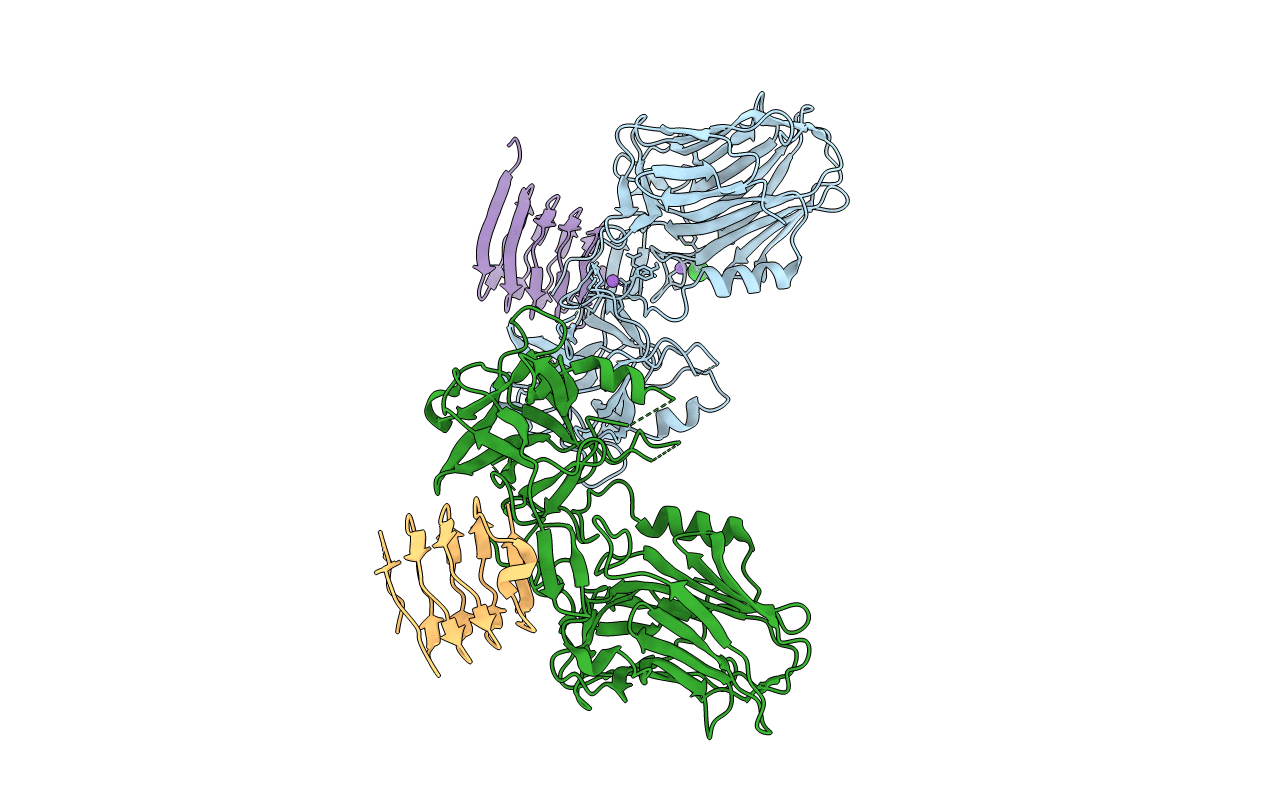
Deposition Date
2013-03-21
Release Date
2013-11-20
Last Version Date
2023-09-20
Entry Detail
PDB ID:
4JRA
Keywords:
Title:
CRYSTAL STRUCTURE OF THE BOTULINUM NEUROTOXIN A RECEPTOR-BINDING DOMAIN IN COMPLEX WITH THE LUMINAL DOMAIN Of SV2C
Biological Source:
Source Organism:
Clostridium botulinum (Taxon ID: 1491)
Homo sapiens (Taxon ID: 9606)
Homo sapiens (Taxon ID: 9606)
Host Organism:
Method Details:
Experimental Method:
Resolution:
2.30 Å
R-Value Free:
0.26
R-Value Work:
0.23
R-Value Observed:
0.24
Space Group:
C 1 2 1


